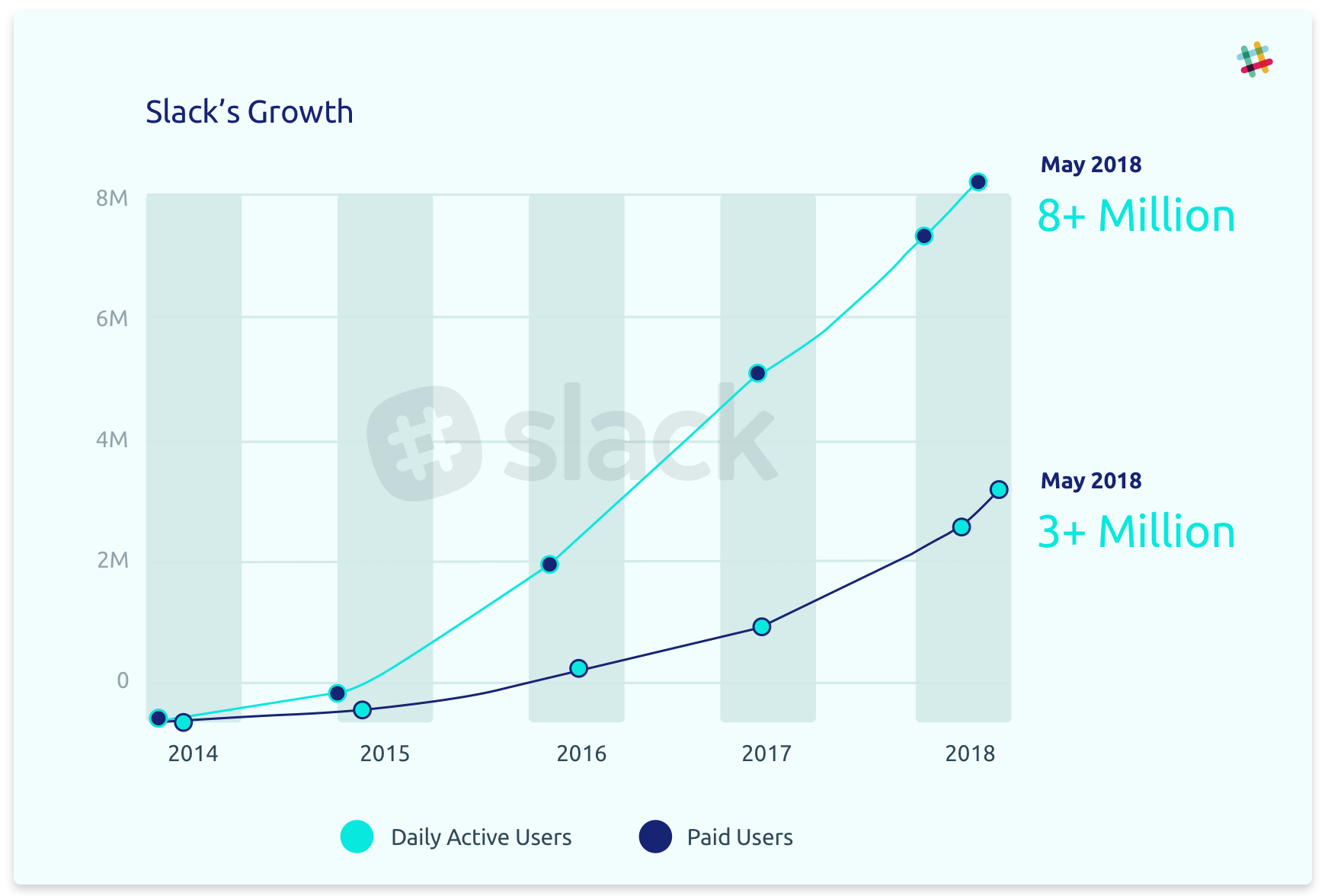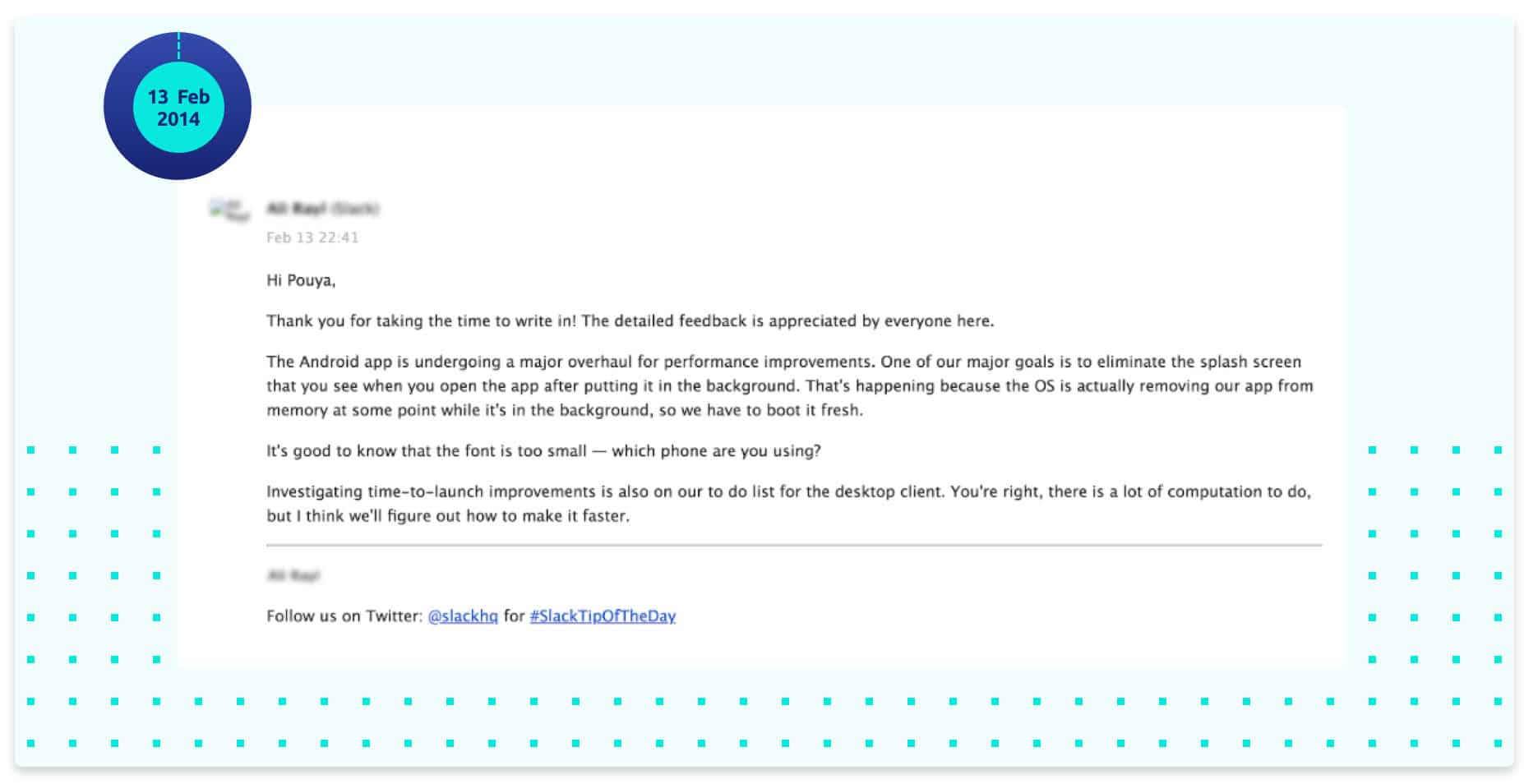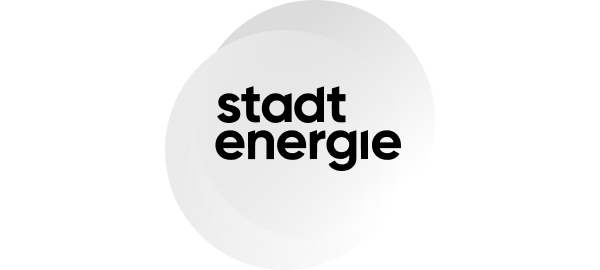
Recently I saw a slack commercial on TV in Germany and realized that Slack has become mainstream even outside of the US. That made me remember how my company (MobiLab – a software engineering company focussed on MDM and Payment) started using this collaboration tool.
I remember back in February 2014 when I saw a short Twitter post from Marc Andreessen on Slack saying “I have never seen viral enterprise app takeoff like this before–all word of mouth”.
That caught my attention immediately and I went on slack.com to check out what this “Slack” is all about. At first, I thought that it is “just another” messaging tool. Back then MobiLab was heavily using gChat for internal communication and in general, most of our collaboration tools were around the Google and Atlassian suites. But, messaging and emails had been always a pain for us. Specifically, email and gChat didn’t serve our purpose as an engineering company. Our people wanted to have a nice way to share code snippets within our chat, upload documents, and chat in groups on a specific topic.
I still remember when Google introduced Google Wave back in 2009. I loved it but thought that it was a bit ahead of its time and not ideal for the general audience. When it was brought offline I was a bit sad though, because this was the closest tool to make collaboration more efficient between teams in a company.
Using email as a collaboration tool with my team and with our customers was just the worst experience ever. Paul Graham, wrote a nice blog post in 2012 on “Frighteningly Ambitious Startup Ideas” and one of them was about emails. The post started with “Email was not designed to be used the way we use it now.” and that was exactly what I was struggling with. I was looking for a solution to replace email with a “new protocol”.
At first, I thought that Slack is just another communication tool, but Marc Andreessen tweeting about the viral growth of it convinced me to check it out. As my former CTO put it, we wanted to get “rid of all the bullshit” when communicating and collaborating. So I wrote to my engineering team an (this time a very efficient) email on 11th of February 2014 (Slack officially launched on Feb 12th – so we were part of the Slack preview release) and asked for volunteers to evaluate Slack for one week:
As a software company, it was important what our engineers think of this tool. My team was kind enough to participate and after one week the feedback was amazing. Every engineer at MobiLab wanted to use Slack!
Some of their original feedback points were:
- “Just the option of having themed chatrooms (Android, iOS, Backend,…) where you can simply jump in and post questions is awesome”;
- “No need to address/disturb/annoy someone specific (who may not even be capable of answering your question)”;
- “You can always post cute cat pictures into the random channel ;-)”;
- “Channels – easy group chat”;
- “Sending files and code snippet”;
- “Syntax highlighting of code snippets”;
- “Desktop notifications possible on certain events”;
- “Better and greater overview of written messages when chatting privately to a team member than google chat”;
- “The themed channels can be really useful when a team is working closely, e.g. to get something delivered”.
The above feedback made it obvious for us. We replaced gChat the week after and started using Slack as a paid customer on the 21st of February 2014.
I am not sure how many paid users Slack had back then in Germany, probably below 1,000 users, putting MobiLab as one of the first companies using it in Germany. Looking at some numbers, I think we were even those few companies which started using Slack (given that it had just launched out of the preview release).
Back in February 2014, Slack had 16,000 registered users worldwide, but paid users were below 1,000 based on the data.
The more I used Slack, the more I fell in love with it. I shared my feedback with the Slack team and they were open enough to implement my feature suggestions very fast.
MobiLab’s customer base consists of blue-chip companies with which we collaborate daily to have a rapid delivery of software. In order to have a communication as efficient as possible, I just saw one solution: Every company out there needed Slack. So I went on telling everyone about Slack. Some companies adapted the tool and some others were not convinced enough as Slack wasn’t offered on premise. Usually, the market will adapt itself if the product is good enough and with Slack, I was sure that it would find its way sooner or later.
In Germany, we are sometimes a bit more reluctant when it comes to the use of new technologies. This is due to the reason, that we like to use tools that work perfectly as we are not in a “permanent beta” mode, so we also don’t like to use tools which still need to prove themselves. What has worked in the past for German companies in hardware manufacturing does not hold true in software though, where you try out alpha or beta solutions, gather feedback and improve the product in shorter iterations. So I could somehow understand why German corporates didn’t jump immediately on the Slack train.
As a Slack enthusiast, I even went so far to apply for a conference (Cloud-Champions 2014) organized by one of the biggest telecommunications companies in Europe, to present Slack as the best cloud collaboration tool. Some people probably thought that I was even working for Slack :-). I proposed my topic for the conference “Slack wie Einfach”, which translates to “As simple as Slack”. My suggestion was rejected. I can’t remember the rejection reason, but I think, Slack was just not popular enough to get the attention it deserved.
Now, towards the ending of 2018, and having watched the Slack commercial on TV in Germany, Slack has finally gotten mainstream here. MobiLab is still using Slack and very proud that we have been one of their first dedicated Slackers in Germany. (There are always some downsides in general with any collaboration system and I am sure that many will tell that Slack de-focusses the people. That holds true to some extent but I don’t think that this has anything to do with the tool itself but rather the person who is using the tool and in how s/he treats her/his time in being focused.)
I have some learnings which might help others when deciding on a tool:
- Be open in checking out new tools and make the right trade-offs;
- Let the team evaluate the tool who is or will be most affected;
- Let their feedback decide on moving your team to the new tool.
Pouya
Pouya is one of the Managing Directors at MobiLab. His focus is on enabling enterprises to successfully adopt the cloud and become cloud-native companies.







